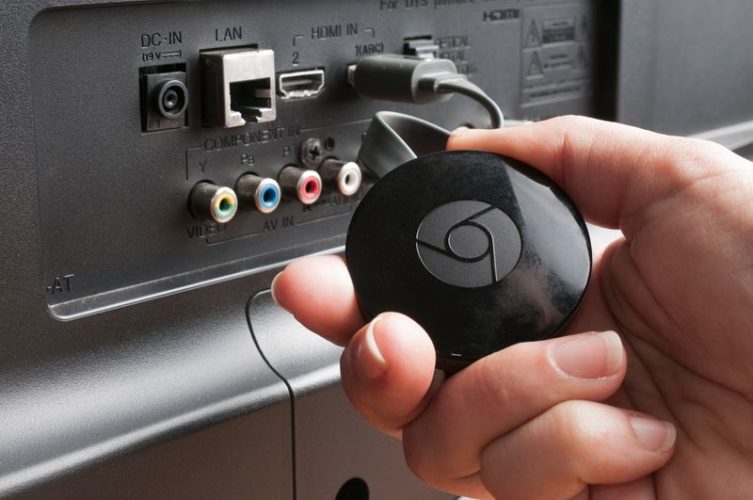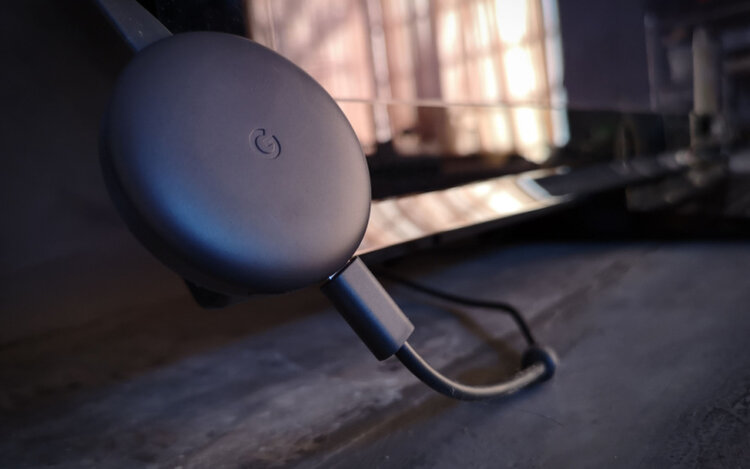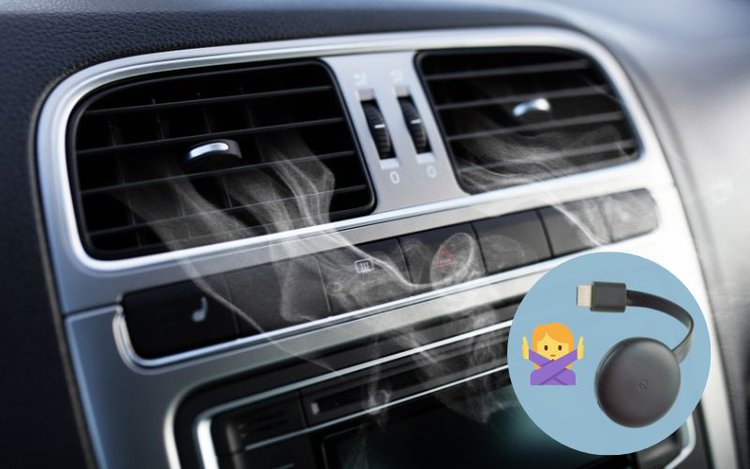Chromecast Overheating: Practical Tips to Keep Your Device from Getting Hot

What To Know
- Chromecast can overheat in high temperatures, with damaged cables, or during long gaming sessions, even though it’s not meant to get too hot.
- Keep Chromecast cool by using it in a room from 32°F to 95°F, making sure it’s well-ventilated and the cables are in good condition.
- If it overheats, let it cool down, use heatsinks, or apply a new thermal paste, but don’t open it if it’s still under warranty.
In this article, I’ll quickly guide you through practical tips to prevent your Chromecast from overheating.
Let’s get started!
Quick Navigation
Why Does My Chromecast Get So Hot?

Constant use, damaged or wrong set of cables, warm regions, etc., are some of the reasons your Chromecast could be getting hot.
With every generation, the Chromecast is getting more capable. For instance, the original Chromecast did not support 4K HDR. The 2020 Chromecast supports 4K HDR with Dolby Vision and HDR10+ formats.
Although the capabilities have increased by leaps and bounds, the device remains the petite unit it has always been.
The latest Chromecast has a slightly larger footprint and a remote to boot, but it’s still the compact dongle that hooks onto your TV via HDMI.
The limited physical space could confound the more powerful hardware elements, causing heating woes.
Is Chromecast Supposed to Get Hot?

Chromecast is not supposed to get hot, but it’s not abnormal to see it becoming hot to touch during use. For the Chromecast to become hot, it should have been used for hours together and carried out demanding tasks.
Interestingly, Google sees heating as a possible outcome with its Chromecasts (as electronics get warm during use) and uses thermal pads and compounds inside the unit to dissipate as much heat as possible.
But if the device gets terribly hot, inspect further. If your Chromecast is relatively new or still under warranty, get in touch with Google for a repair or replacement.
Chromecast Gets So Hot: Causes and Solutions
As mentioned above, your Chromecast can get warm or hot during use. But if it gets hot quickly, a few things could be causing that plight. Below are the likely causes and possible fixes.
1. High Ambient Temperature

Chromecasts work best in temperatures ranging between 32°F to 95°F (0°C to 35°C). Its storage temperature is -4°F to 140°F (-20°C to 60°C). When the operating or storage temperatures fall out of range, your Chromecast gets hot.
Solution: Do not keep your Chromecast near a heating vent or on a car’s dashboard. Doing so could cause the product to overheat, break, or become a potential fire hazard.
Also, keep the device away from direct sunlight and other heat sources. Store it in a dry, cool place when not in use.
Ensure the room’s temperature is normal or within the Chromecast operating temperature range when in use.
Don’t use the device in your garage, kitchen, or any other place that cannot be temperature-controlled. Make sure the space is well-ventilated too.
2. Damaged Cables

If the HDMI and USB cables are damaged or worn out, the disruption in the electrical supply could cause your Chromecast to behave abnormally or get hot.
Damaged cables could also cause electric shock, fire, or damage to the Chromecast.
Solution: Always use your Chromecast with the supplied cable, power adapter, or compatible accessories. And keep a tab on cable wear and tear.
3. Dirt and Dust
Chromecast can collect dust and dirt, which may seep into the device and cause clogging. Although detritus may not directly cause overheating, do not ignore the possibilities.
Solution: Wipe your Chromecast with a clean, dry cloth. If the device remains plugged in, it could collect dust all around while you are not noticing.
Inspect the device occasionally to ensure it’s clean from the outside.
4. Excessive Online Gaming

Gaming on Chromecast using Stadia or similar platforms could cause a Chromecast to climb the temperature scale quickly.
To the uninitiated, Stadia is Google’s cloud-based gaming service that facilitates playing video games on a compatible TV or gaming monitor display.
To complete the setup, you’ll need Chromecast with Google TV or Chromecast Ultra connected to the TV or any other supported streaming device or smart TV.
Extended Stadia gaming sessions can cause the compatible Chromecast to overheat until it can no longer run safely.
Around four hours of continuous Stadia gaming could cause the Chromecast to shut off, according to one Reddit user.
When the Chromecast gets that hot, it dies midway and loses network connection, as per several reports.
Solution: Unplug the Chromecast and let it cool.
If the unit is scorching, consider sticking external heatsinks onto it. You’d see an instant drop in temperature, although not by much. Keep the heatsink on while gaming if it helps.
- Suitable for the 2019 Latest Version Raspberry Pi 4 Model B
- Set of 6 Aluminum heat sinks
- Thermal conductive adhesive tape backing
(Paid Link.)
Try throwing an ice cube in a towel, wrapping it, and then placing it on the Chromecast to help it cool down quickly. Ensure the towel is not soaking wet and doesn’t pass any dampness to the device.
DIYers can open up the unit and reapply the thermal paste, like this Corsair TM30 Performance Thermal Paste .
Here is a video showing how to pry open the Chromecast Ultra and check on its thermal paste:
If your Chromecast is under (limited) warranty and you don’t want to void the cover, it’s advised to not dig inside the unit without Google’s knowledge. Contact Google customer support instead.
To prevent future overheating, cut short your gaming sessions.
Kindly note that no excessive heating issues occur if you use the device to watch online content and other regular stuff.
Here’s a video throwing more light on the matter:
Conclusion
The Google Chromecast has had heating concerns from its inception. And things have only gotten slightly worse with each new release.
The issue is Google doesn’t believe its Chromecasts get hot, at least not officially. It acknowledges that the device gets warm to the touch but deems it normal behavior.
Until the company realizes things or comes out with an all-new Chromecast that has no thermal concerns whatsoever, users will have to look for fixes themselves.
The above solutions are not complete fixes, but they help make the situation better. If you need more help or things worsen, it’s always best to contact Google.
Catherine Tramell has been covering technology as a freelance writer for over a decade. She has been writing for Pointer Clicker for over a year, further expanding her expertise as a tech columnist. Catherine likes spending time with her family and friends and her pastimes are reading books and news articles.


